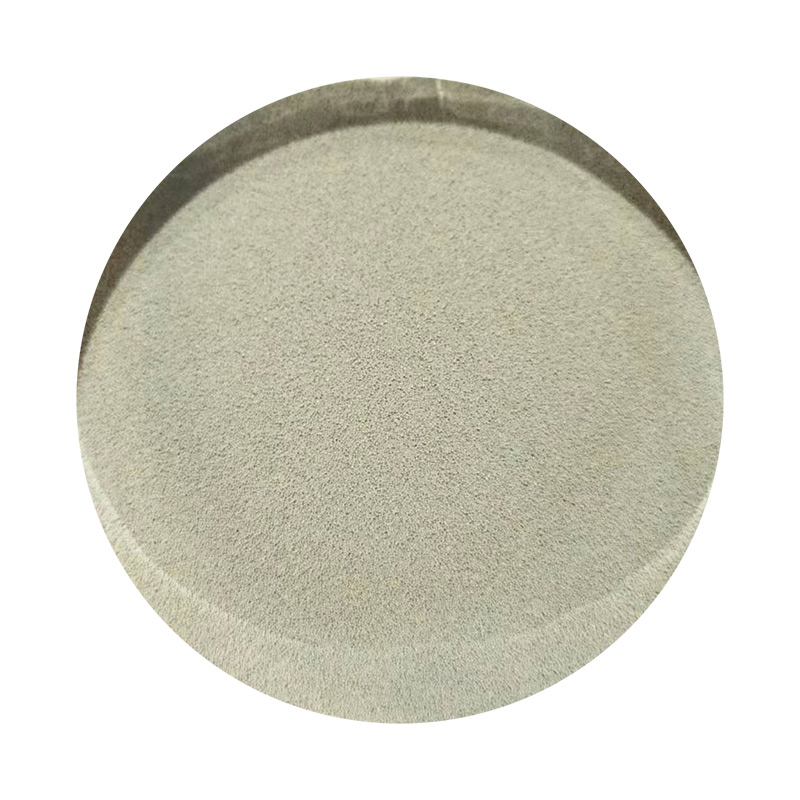Sanding 3D Printed Objects Achieving the Perfect Finish
In the world of 3D printing, one of the critical steps that can make or break the aesthetic and functional quality of printed objects is the sanding process. While 3D printing technology has advanced remarkably, producing intricate designs and precise components, the surface finish often requires manual intervention to achieve a polished look. Sanding is an essential technique that can help remove layer lines, imperfections, and other blemishes, resulting in a professional finish on your 3D printed items.
Sanding 3D Printed Objects Achieving the Perfect Finish
Before sanding, it’s important to prepare the printed object properly. This involves removing any support structures and cleaning the item to eliminate dust and debris. For models printed in PLA, ABS, or PETG, allowing the object to cure or settle for a day can also help. Once ready, sanding should ideally be done in a well-ventilated area with personal protective equipment such as masks and goggles, as fine particles can be harmful if inhaled or come in contact with the eyes.
sanding 3d printed

The sanding process begins with the coarser sandpaper. Using even pressure, sand the surface in a circular motion or back-and-forth direction. It’s crucial to keep the movement consistent to avoid creating new scratches or uneven surfaces. Regularly check your progress to ensure you achieve the desired smoothness. As the surface improves, gradually switch to finer grits, repeating the process until you reach a satisfying finish.
After sanding, it’s advisable to clean the object again. Use a damp cloth to remove dust particles created during sanding. For those looking to enhance the finish further, additional treatments such as priming and painting can be beneficial. An epoxy resin can also be applied to fill in imperfections and provide an ultra-smooth surface.
Moreover, some 3D printing materials can produce better results than others when it comes to sanding. For instance, PLA tends to be easier to sand, while ABS can benefit from techniques like acetone vapor smoothing. Understanding the material characteristics can help you choose the best approach for finishing your prints.
In conclusion, sanding is a vital skill in the post-processing of 3D printed objects, allowing for enhanced aesthetics and functionality. With the right materials, techniques, and attention to detail, anyone can transform their 3D prints from rough creations into polished works of art. Whether for personal projects or professional applications, mastering the art of sanding can significantly enhance the overall quality of 3D printed parts.
Post time:តុលា . 09, 2024 01:50
Next:sand castings supplier
